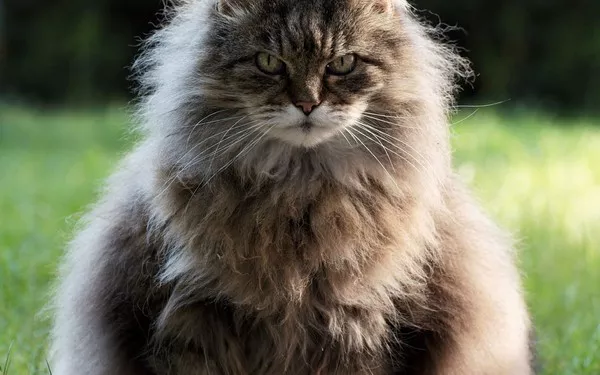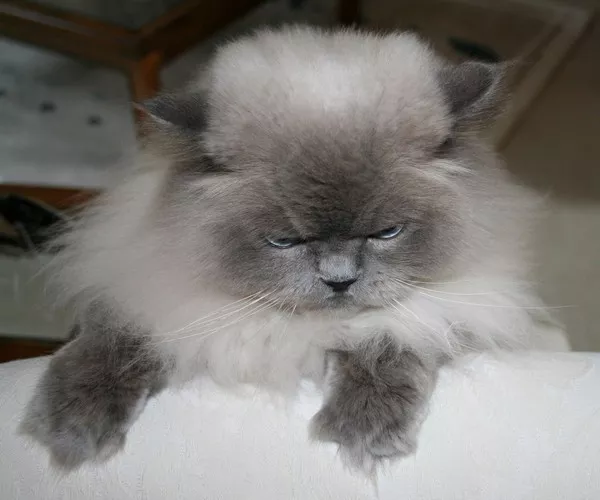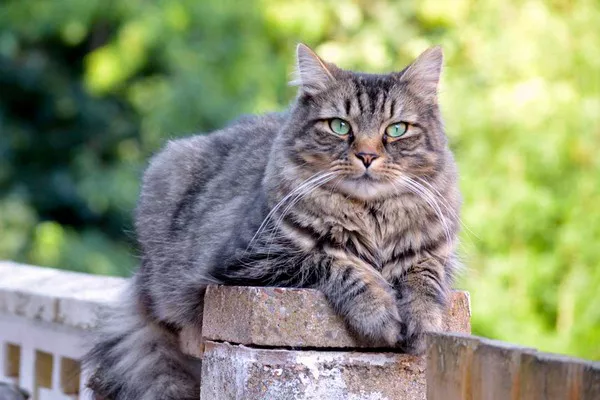When it comes to domestic cats, there’s an incredible variety in size, shape, and temperament. While most cats we share our homes with are relatively small and compact, some breeds are known for their extraordinary size. If you’ve ever wondered what the biggest domestic cat is, you’re in for an intriguing exploration into the world of feline diversity. In this article, we’ll delve into the world of colossal kitties and explore some of the largest domestic cat breeds, their characteristics, and what makes them stand out as beloved pets.
The Fascinating World of Large Domestic Cats
Cats have been domesticated for thousands of years, and this long history of human interaction has led to the development of a wide range of breeds, each with its own unique traits. Among these breeds, some have naturally grown larger than others, resulting in an impressive array of giant felines. While the size of a domestic cat can vary depending on genetics, diet, and care, certain breeds consistently produce larger individuals.
Maine Coon: The Gentle Giant
The Maine Coon cat, often referred to as the “gentle giant,” is one of the largest domesticated cat breeds. These cats can weigh anywhere from 10 to 25 pounds or more, with some exceptional individuals tipping the scales at over 30 pounds. Maine Coons are known for their friendly and sociable nature, making them great family pets. Their robust, muscular bodies and bushy tails add to their impressive appearance.
Maine Coons have a distinctive, semi-long coat that comes in a variety of colors and patterns. Their tufted ears and lynx-like faces contribute to their striking appearance. Despite their size, Maine Coons are known for their gentle disposition and are often described as “gentle giants.”
Savannah Cat: A Wild Touch of Size
The Savannah cat is another breed known for its impressive size. A hybrid between a domestic cat and a serval, a wild African cat, Savannah cats can weigh anywhere from 10 to 25 pounds. Their size is influenced by how close they are to the serval in their lineage, with those closer to the wild serval tending to be larger.
Savannah cats have distinctive spotted coats and elongated bodies, giving them a wild and exotic appearance. They are known for their high energy levels, intelligence, and playful nature. While they can make loving and loyal companions, they require active engagement to keep them mentally and physically stimulated.
Ragdoll: The Relaxed Giant
The Ragdoll cat, named for its tendency to go limp when picked up, is another breed that can reach impressive sizes. Ragdolls are known for their large, semi-long bodies and striking blue eyes. They can weigh between 10 to 20 pounds or more, with males typically being larger than females.
Ragdolls are known for their docile and gentle temperament, making them perfect lap cats. They enjoy being carried and cuddled by their owners and are often described as “puppy-like” for their tendency to follow their humans around the house. Their soft, plush fur adds to their charm.
Norwegian Forest Cat: Nature’s Giant
The Norwegian Forest Cat, or “Wegies” as they are affectionately called, is a breed native to Norway and known for its impressive size and thick, double-layered coat. These cats can weigh between 12 to 18 pounds, with some males reaching even greater sizes.
Norwegian Forest Cats have a natural, rustic appearance with tufted ears and a lush mane. They are hearty and well-suited to cold climates due to their thick fur. Despite their rugged appearance, they are gentle and friendly cats that enjoy spending time with their human families.
Chausie: The Jungle Cat Hybrid
The Chausie is another hybrid cat breed, resulting from the crossbreeding of domestic cats with jungle cats. These cats can weigh between 15 to 20 pounds, with some individuals exceeding this range. Their size is influenced by how close they are to their jungle cat ancestors in their lineage.
Chausies have a striking, wild appearance with distinctive spotted coats and long legs. They are known for their intelligence and playfulness, making them a lively addition to any household. While they have a somewhat independent streak, they can be affectionate and loyal to their owners.
Factors Influencing Cat Size
While these breeds are known for their large size, it’s important to note that the size of a domestic cat can be influenced by various factors, including genetics, diet, and overall health. Here are some key considerations:
Genetics:
The genetic background of a cat plays a significant role in determining its size. Some breeds have naturally larger frames, while others are more petite. Additionally, specific genetic variations within a breed can lead to variations in size.
Diet:
A cat’s diet during its growth phase can impact its final size. Proper nutrition is essential to ensure healthy growth and development. Overfeeding or underfeeding can result in unhealthy weight gain or stunted growth.
Health:
A cat’s overall health can affect its size. Cats that experience health issues during their growth phase may not reach their full size potential. Regular veterinary care is crucial to monitor a cat’s health and well-being.
Gender:
In most domestic cat breeds, males tend to be larger than females. This size difference is more pronounced in some breeds, such as Maine Coons.
Caring for Large Domestic Cats
Owning a large domestic cat breed comes with unique considerations. Here are some tips for caring for your big feline friend:
Diet:
Provide a balanced diet that meets your cat’s nutritional needs. Consult with your veterinarian to determine the appropriate portion sizes and dietary requirements for your cat’s size and activity level.
Exercise:
Large cats, like all cats, need regular exercise to maintain a healthy weight and stay mentally stimulated. Interactive toys and play sessions can help keep your cat active and engaged.
Grooming:
Some large cat breeds, such as Maine Coons and Norwegian Forest Cats, have long, dense fur that requires regular grooming to prevent matting and hairballs. Brush your cat’s coat regularly to keep it in top condition.
Veterinary Care:
Regular veterinary check-ups are essential to monitor your cat’s overall health and address any potential issues. Large breeds may be prone to certain health conditions, so early detection is key.
Space:
Ensure that your home provides enough space for your large cat to move comfortably. Consider providing cat trees and perches for climbing and exploring.
Conclusion
The world of domestic cats is filled with remarkable diversity, including some impressively large breeds. Whether you’re drawn to the gentle Maine Coon, the exotic Savannah, the laid-back Ragdoll, the rugged Norwegian Forest Cat, or the lively Chausie, owning a large domestic cat can be a rewarding experience. Remember that the size of a cat can be influenced by various factors, and proper care and attention are crucial to ensuring their health and well-being. With the right care and love, these gentle giants can become cherished members of your family, bringing joy and companionship into your life.


























